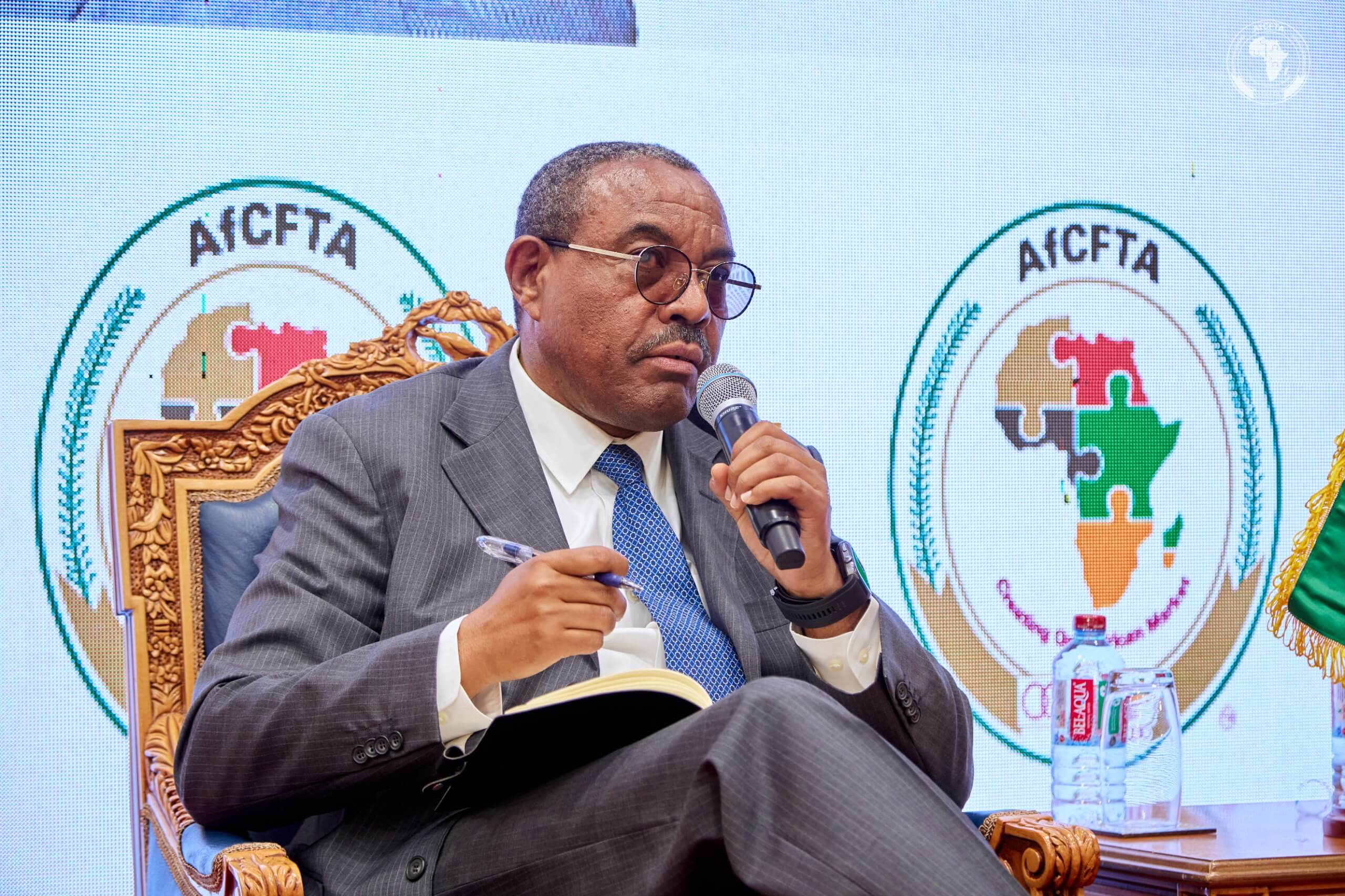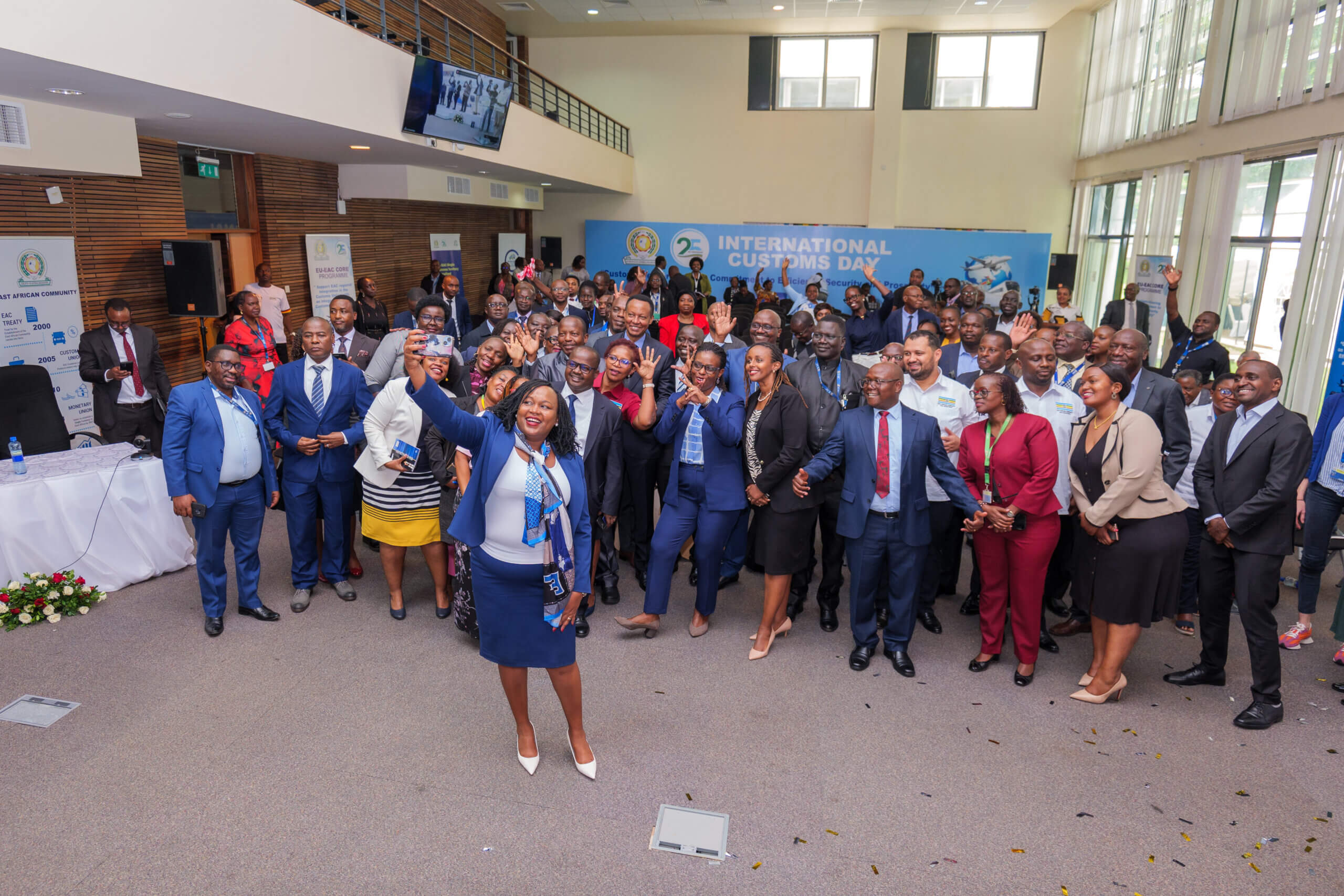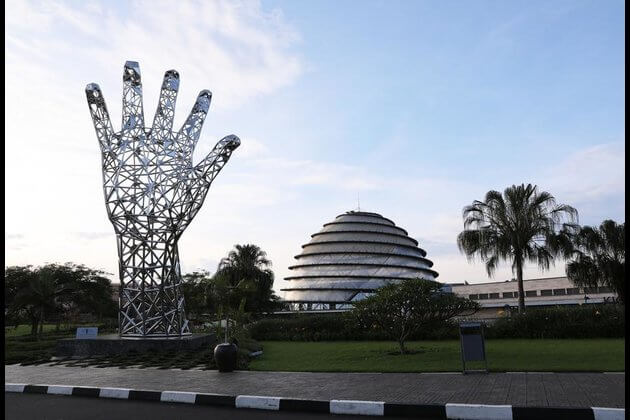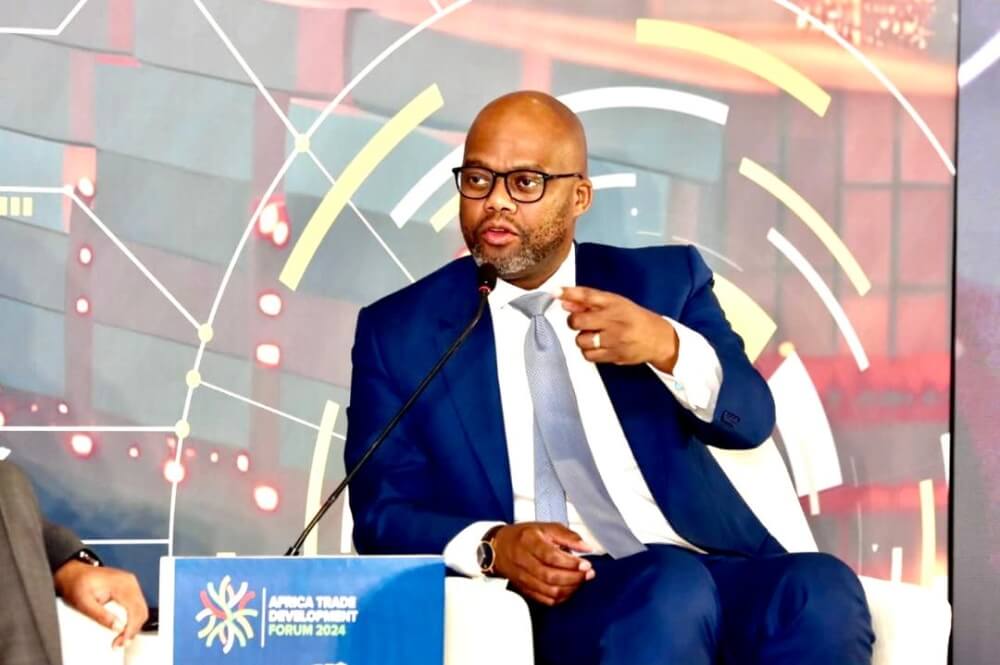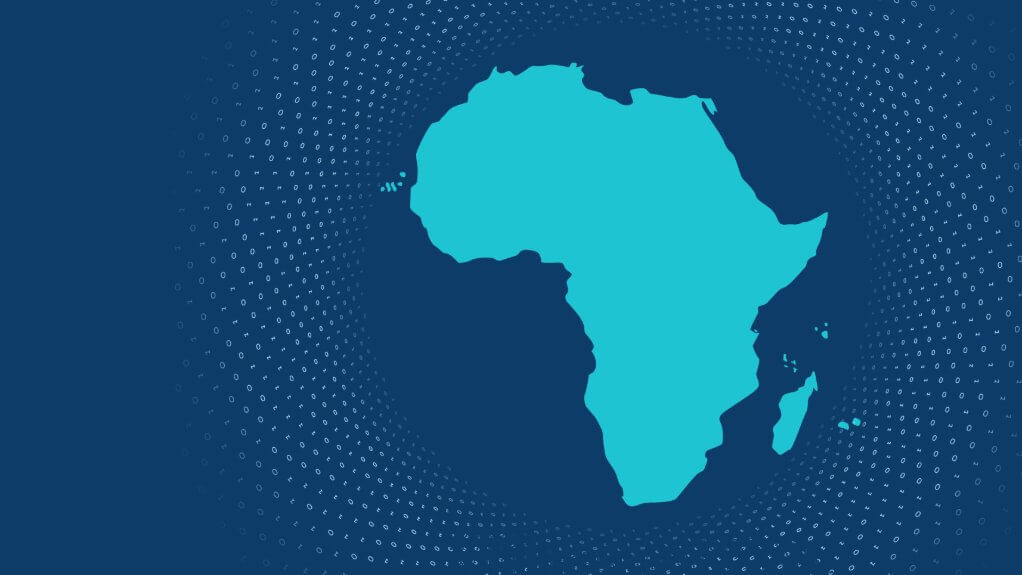Five years ago, Africa made history. When the African Continental Free Trade Area was launched, it carried the hopes of 1.2 billion people coming together as one market, harnessing a $3 trillion economy, and a vision of an Africa trading with itself, on its own terms. Five years later, while celebrating the successes of the AfCFTA, we can also ask ourselves where we need to go now in a fast-changing world. The past five years have seen a COVID-19 pandemic which hugely disrupted global supply chains, leading to a contraction in global trade in 2020 of over 5%. While trade rebounded, geopolitical tensions combined with a retreat from free trade have loomed large, with global trade now undergoing the slowest growth in five decades outside global recessions. As these uncertainties unfold, they create a complex new landscape that Africa must carefully navigate to advance its economic interests. This lecture will examine: the achievements or AfCFTA score card; the financial and internal structural issues that are hindering Africa’s accession to the centre of global trade; and what the future may hold. The Good: AfCFTA Scorecard Firstly, the good. When the AfCFTA was launched in 2020, it promised to break down borders, boost African trade, and unlock economic growth across the continent. And the AfCFTA is Africa’s most successful Agenda 2063 flagship project. Of all the major initiatives under Agenda 2063, it stands out as the most advanced in implementation according to the African Union Commission and AUDA-NEPAD’s 2022 biennial report. The...
Africa’s Trade Dilemma and the Path to Agenda 2063 H.E. Hailemariam Desalegn Boshe, TMA Board Chair and Former Prime Minister of Ethiopia (2012-2018)
Posted on: March 21, 2025
Posted on: March 21, 2025

